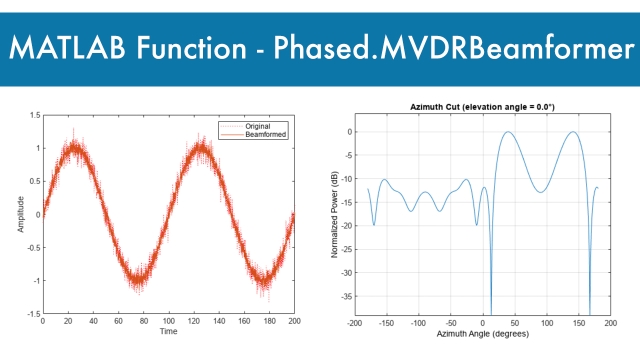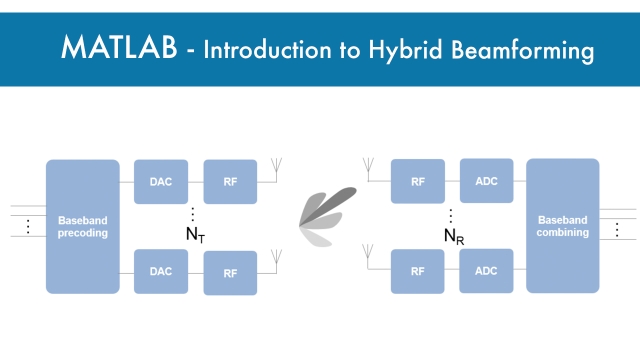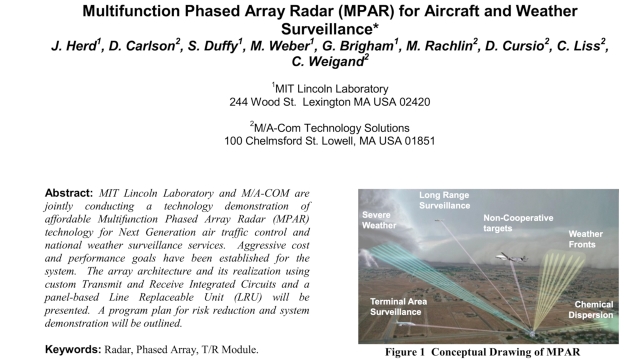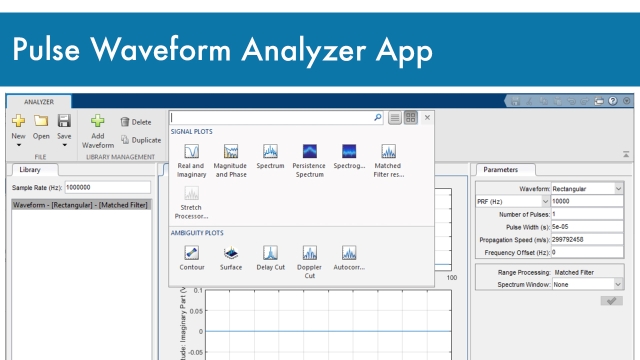In antenna theory, a phased array usually means an electronically scanned array, a computer-controlled array of antennas which creates a beam of radio waves that can be electronically steered to point in different directions without moving the antennas.
In a simple array antenna, the radio frequency current from the transmitter is fed to multiple individual antenna elements with the proper phase relationship so that the radio waves from the separate elements combine (superpose) to form beams, to increase power radiated in desired directions and suppress radiation in undesired directions. In a phased array, the power from the transmitter is fed to the radiating elements through devices called phase shifters, controlled by a computer system, which can alter the phase or signal delay electronically, thus steering the beam of radio waves to a different direction. Since the size of an antenna array must extend many wavelengths to achieve the high gain needed for narrow beamwidth, phased arrays are mainly practical at the high frequency end of the radio spectrum, in the UHF and microwave bands, in which the operating wavelengths are conveniently small.

















